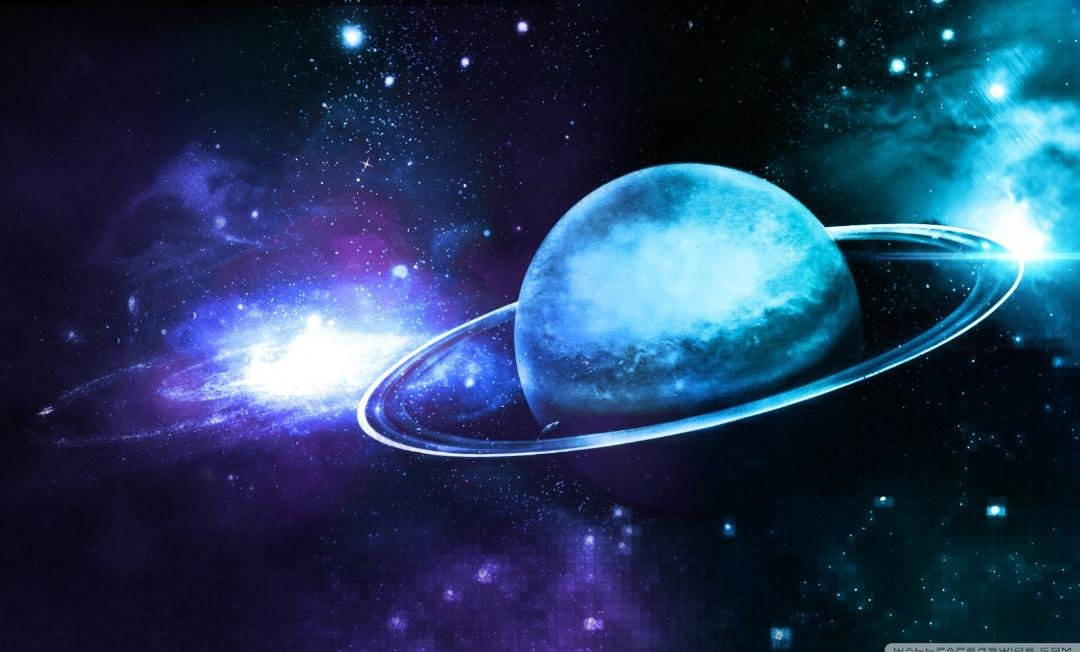For those interested in space, 2017 will again be a thrilling year. The Cassini spacecraft will enter Saturn's rings, and there will be a lot of meteor raids and eclipses. Here they will live in space in 2017 ...
For those interested in space, 2017 will again be a thrilling year. The Cassini spacecraft will enter Saturn's rings, and there will be a lot of meteor raids and eclipses. Here they will live in space in 2017 ...
This year all eyes will be in Saturn. The Cassini spacecraft is expected to send wonderful photographs including the rings of Saturn to Earth. September 15, 2017, the day Cassini will turn to Saturn and fall into the clouds.
Since 2004, Cassini is turning in Saturn's orbit as an artificial satellite. Almost every day, the spacecraft pulls out unique photographs of the planet, rings and satellites, collects data and sends it to Earth. Cassini, who was sent abroad in 1997, reached Saturn after a seven-year flight. He's been orbiting for 13 years. It's been a lot longer than planned.
The Cassini spacecraft is actually regarded as a "dinosaur" probe, while NASA is planning to spend billions of dollars in mission to explore our solar system, including the Voyager and Galileo spacecraft that have been circulating around Jupiter for many years. Cassini, who will enter the ring, will catch and analyze gas, dust and ice particles and of course take high-resolution photographs, and in the middle of September the signals will be sona, just like the comet of Europe in September The tears will flow like the mission is on the end of the ...
Scientists are in favor of keeping the mission longer. However, the vehicle was running out of fuel, so it was very difficult to make controlled arrangements for the route. It is not desirable for Cassini to fall into one of Saturn's subconscious uncontrollably.
Two of these satellites are very special: the Titan, which has a dense atmosphere, and Enceladus, a large ocean beneath the ice-covered surface. It is estimated that simple living forms in the ocean in Enceladus may also be found. With the car falling uncontrollably, he worries that the Earth's microbe, still thought to be found in Cassini, is infecting the satellites. For this reason, NASA decided to reduce Cassini to its target.
The International Space Station (ISS) will continue to revolve around the Earth in 2017. We will continue the routine program in the form of team change every six months. German astronaut Alexander Gerst will fly back to the station in 2018. But at the end of 2017, NASA's special SpaceX firm, which will be supplying the ISS with orders, will send a new spacecraft to the ISS.
Up to now, only Dragon has been supplying supplies to the spacecraft ISS. It is thought that the US, thus ending the shuttle program in 2011, will then be able to send astronauts again, including German space cruisers, directly to the ISS at Cape Canaveral Base in Florida. Currently flights are only made at Russian Space Base in Baykonur
Experts are wondering what kind of space policy the new US government will follow. Barack Obama forced NASA into a rigorous course change in 2009 when he began his relative.
2017 is a good Venus year. The neighboring planet will look like a bright night star in the sky in January and February. From April onwards, it will look like a morning star for six months. Mars, seen as a star-studded object in the sky in 2016, will take a break in 2017.
But Jupiter will be more noticeable. It will be observed in the hours after midnight. Although Saturn remains very deep for Central Europe, it will be clearly observed in the southern hemisphere. Saturn will reach its best location in the middle of June. Whenever you look at Saturn, think about the Cassini spacecraft ... at least until September.
Unlike the year 2016, the moon will be a good year of "star skies" when the moon illuminates a large number of meteorites with bright luminescence, Perseid meteor shower from August 10 to 14, Leonid from November 16 to 19, and Gemini meteor It will rain.
During the Perseid rainy season, Moon will illuminate the meteorites sufficiently, but will not light enough from Leonid and Geminid to be new. In 2017, meteor fans will have many chances to make wishes.
The most important moment of this year in astronomical terms is the complete solar eclipse that will be observed in the United States on August 21st. From Oregon to Georgia, he will be back in the daytime for a maximum of 2 minutes and 40 seconds. This eclipse will be partly observed in all North and Central America. Earlier on February 26 in South America and some parts of Africa will be the habit of eclipse. The moon will be right in front of the sun. However, since it is not large enough to cover the Sun completely, a piece of sunlight will leak.
The lunar eclipse, which is beautiful to watch in 2016, never happened. The situation is no different in 2017. 
